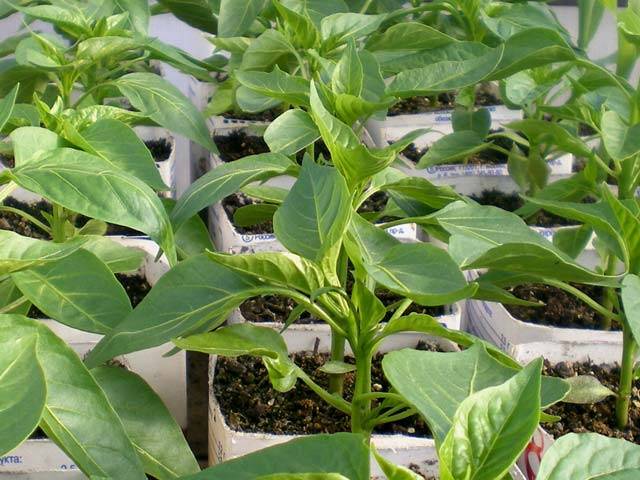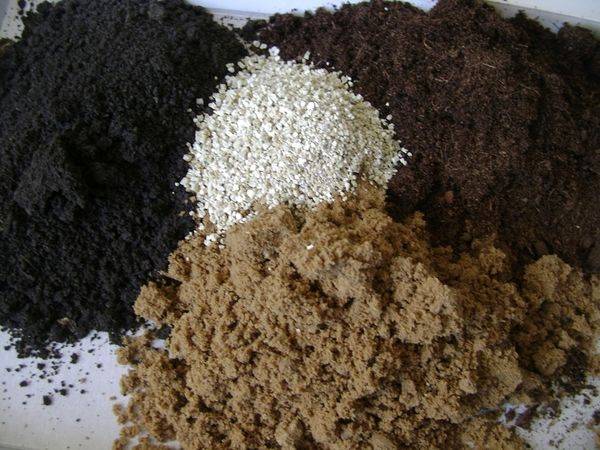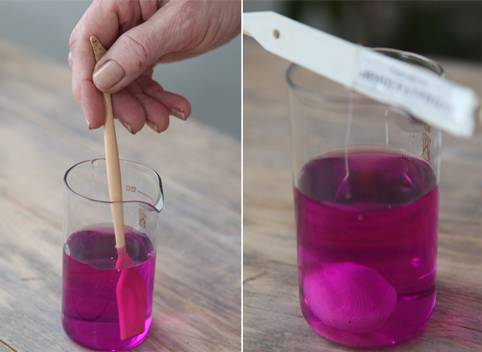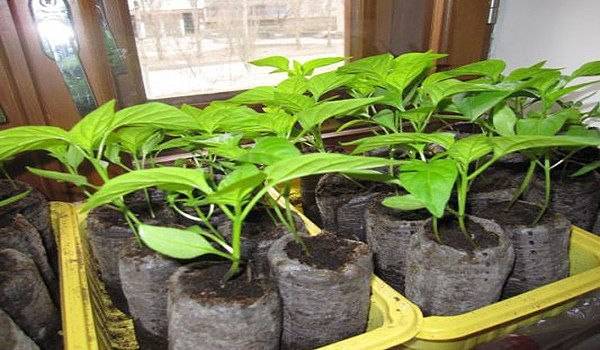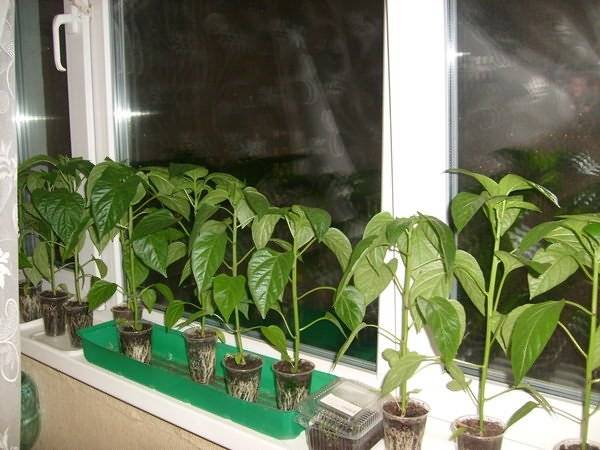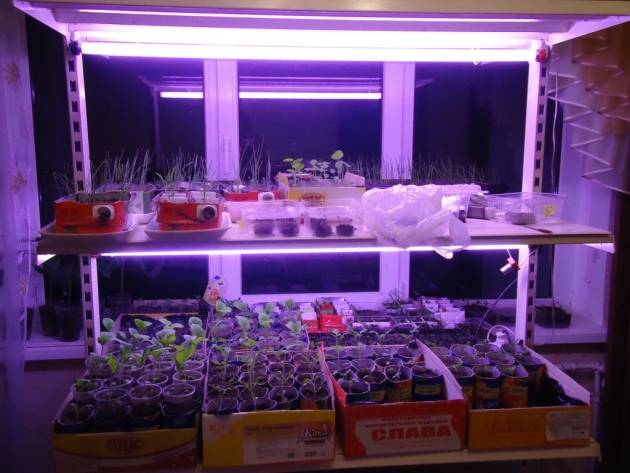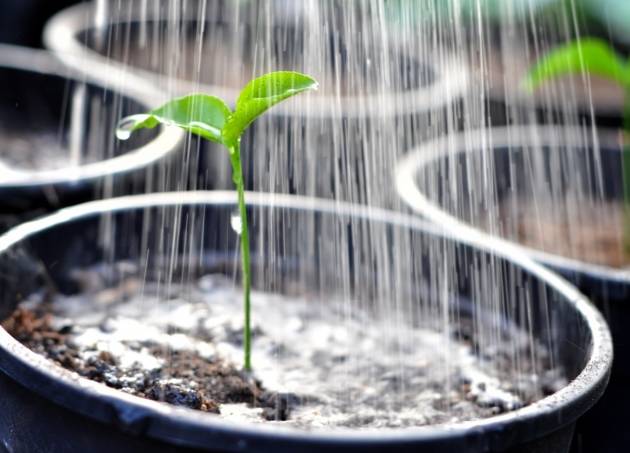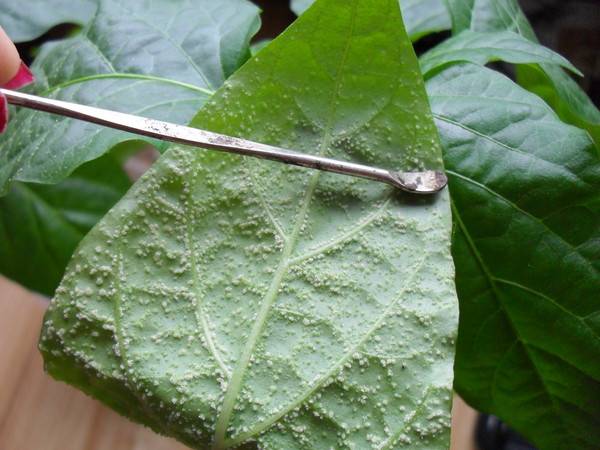Content
Any gardener sooner or later faces different problems when growing pepper seedlings... It is a shame to lose the harvest, in which strength, soul and time are invested. The villagers have a good saying: a summer day feeds a year. The same can be said for spring and seedlings. A slight lag in growth reduces the future harvest at times. Having found the reason why pepper seedlings do not grow, you can try to correct the problem.
Ground not suitable for pepper
The most common mistake of amateur gardeners is to use ordinary garden soil for seedlings. Such soil is completely unsuitable, because it does not have the required characteristics and composition.
What soil is suitable for pepper seedlings:
- Lightweight, water-permeable, air-saturated soil. For these purposes, sand, vermiculite or sawdust (preferably from deciduous trees) is added to its composition;
- The substrate should be pH neutral. Alkaline or very acidic soil is not suitable for pepper seedlings. In the first case, good growth is hampered by difficult absorption of nutrients. In the case of acidic soil, pathogens are activated;
- The soil must be "alive", that is, contain useful microflora. Some gardeners sin by steaming the soil, or roasting it in the oven, killing all living things in it. If this is nevertheless necessary due to the danger of infection, then after heat treatment the soil for pepper seedlings can be "revived" with special preparations with beneficial flora. For example, "Baikal";
- The composition of the soil must meet all the needs of pepper seedlings, it needs the content of micro and macro elements of the required proportion. The nitrogen content increases humus or compost, and trace elements can be added specially purchased. Ash can be a substitute for purchased mineral fertilizers;
- Do not use soil with not rotted, rotting plant residues, fresh manure or mold;
- Do not use soil with a noticeable admixture of clay.
The soil for pepper seedlings must be prepared in advance, but if the job has already been done, then it is better to change the soil when handling the plant.
Lack of seed preparation for planting
Unprepared pepper seeds have a low germination rate, slow development. There are many preparation techniques. The simplest and most popular method for preparing pepper seeds is soaking in a solution of potassium permanganate (potassium permanganate).
The solution is deep pink, soaking time is 20-30 minutes. This event disinfects the seed material. After processing, the pepper seeds are washed with clean water.
The next stage of preparation will be soaking pepper seeds in a growth promoter. You can take a purchased drug or prepare it yourself: 1 tablespoon of dried nettle must be poured with a glass of boiling water and insisted until it cools. Keep the pepper seeds in such an infusion until they swell, for several hours.
Germination is optional, here everyone has their own choice. Either plant the swollen seeds, or wait for the sprouts to appear.
Wrong boarding time
Planting pepper seeds early in seedlings results in stretching of the plants, poor growth, flowering and fruit appearance before transplanting to a permanent location. To avoid such mistakes, you should carefully study the recommendations for the variety. The optimal time from sowing to planting in the ground is 2-2.5 months, depending on the variety.
It is important to observe the sowing dates according to the lunar calendar. The lunar attraction acts on all the water of the planet (the ebb and flow depends on the moon) - this is a scientifically proven fact. This means that it acts on all living organisms. Depending on the cycle of the moon, processes in the plant's body slow down or speed up. Therefore, you should not attribute this sowing calendar to the area of folk legends, and it is better to sow pepper seeds during the growing moon.
Temperature errors
Pepper seedlings are very fond of warm air, soil and water. Drafts lead to putrefactive and fungal diseasesslowing growth. Too hot atmosphere with a lack of light makes the seedlings weak and elongated.
Cold soil can cause root rot, poor nutrition and stunted growth of pepper seedlings. The warmth in the house leads to the misconception that the soil in the nursery is of normal temperature. The soil from the container on the windowsill is often much lower than the recommended temperature.
There is another extreme - placing the seed boxes on heating radiators. This technique can kill all pepper seeds.
Watering should be carried out with water at a temperature of 30 degrees. Cold water works similarly to cold soil.
The need for a pick
The need for pepper seedlings for picking has not been proven at all. After a pick, the plant regains its strength for a long time and grows poorly. This procedure is justified only if the warm season is long. In mid-latitudes, a half-month loss in time can threaten an immature crop. Do not try to revive weak pepper seedlings with a pick, damage to the roots can completely destroy it.
Lack of light
Poor growth and weak plants can be the result of insufficient lighting. This cause can be easily corrected with backlighting. Anyone who hung a lamp over the pepper seedlings for an experiment will never part with it. Plants that stretch towards the window become elongated and weak. Those specimens that could not receive even this fraction of light stop their growth altogether.
Illumination with a special lamp or a fluorescent lamp with suitable characteristics will change the seedlings of peppers beyond recognition. The fluorescent lamp should be long over the entire window sill. The height of its installation is constantly adjusted so that it is 20-25 cm to the tops of the plant. Additional lighting can be a foil screen from the side of the room. It will reflect light from the lamp and window towards the plants, preventing it from scattering.
Improper feeding
With a small volume of land, reserves of minerals are quickly depleted, even when the soil is well prepared. The plant grows poorly with a lack of nitrogen, the leaves are pale, the stem is thin. Lack of phosphorus can lead to both poor growth and ugly pepper seedlings. Potassium is needed for a high-quality and tasty harvest, therefore, with a lack of it, few flowers are formed. Therefore, it is recommended to make nitrogen and mineral fertilizing of seedlings. For seedlings of peppers, 2 dressings are required before planting in a permanent place.
The lack of other less important trace elements, such as iron, boron, copper and others, can manifest itself as characteristic diseases in which pepper seedlings grow poorly. From the description of the state of the plant, you can easily determine what it lacks.
Improper watering
Watering pepper seedlings is not as easy as it sounds. A flooded plant grows poorly, as well as a dried plant. There are recommendations for proper watering:
- Water quality.It should be soft, clean, but not boiled. Melt and rainwater works best;
- The amount of water should be sufficient to moisten the soil to the depth of the roots. The soil in the container must always be moistened. It is usually enough to water the seedlings of peppers in a day or two;
- The water temperature was mentioned above, +30 degrees;
- You need to water in the morning;
- Do not wet the leaves and stem of the plant.
Diseases and pests
Poor plant growth and development can be the cause of disease in pepper seedlings. Diseases of this culture can be bacterial, fungal and viral. Favorable conditions for their development: excessive watering and cold soil.
To begin with, it is necessary to separate diseased plants from healthy ones, remove the affected leaves, and create normal conditions for the plant. There are drugs that successfully fight diseases of various origins, if the disease has not yet spread much.
If the pepper gets worse, it is best to get rid of it altogether to prevent contamination of the rest of the seedlings. Throw out the earth from it, disinfect the container.
It is also worth checking for pests on pepper seedlings. These voracious bugs and midges suck out all the juices from the plant, so it does not grow well. Carefully examine the leaves for a sign of the presence of the pests themselves and their waste products. If an enemy is found, it is necessary to treat the plant with insecticides. These are poisonous substances, therefore all safety measures must be taken.
Traditional methods of helping weak pepper seedlings
The people have their own time-tested ways to bring weakened pepper seedlings back to life.
Watering with infusion of tea leaves
Instead of ordinary water, insist 1 glass of tea asleep in 3 liters of water for 5 days. Then watered as usual.
Yeast feeding
Yeast contains many useful substances, in addition, it feeds soil microorganisms. After such fertilization, after 3 days, the result is visible: plants that grow poorly become strong and vigorous.
It is very simple to prepare it: dilute 1 tbsp in a three-liter jar. a spoonful of dry yeast and 2-3 tbsp. l. granulated sugar. Insist in a warm place until it begins to ferment. Dilute with water, proportion 1:10.
Ash
Ash normalizes soil pH, softens water, contains potassium and phosphorus necessary for pepper seedlings. You can sprinkle it on the surface of the soil, this will not only be a long-playing top dressing, but also mulch, scare off pests and have a suppressive effect on harmful microorganisms.
